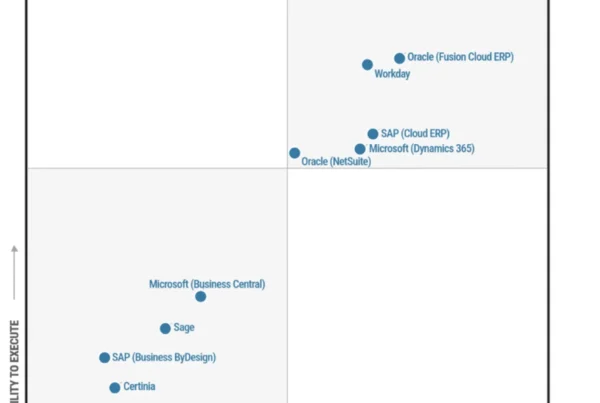
As the world continues to rebuild and forge a path to a new normal post-COVID-19, more and more business travelers will once again hit the road. Looking further ahead, the Global Business Travel Association expects business travel to fully recover by 2024.1 While this is certainly a welcomed sign of recovery, the uptick in business travel will also mean more expense reports to file and approve for employees and managers.
Most employees have little affection for expense reports and would be happy if the process could be automated. That is exactly why we are excited about the new expense report experience for Microsoft Dynamics 365 Project Operations. The new experience utilizes automation to eliminate many pain points typically associated with expense management: countless hours scanning receipts and credit card statements; itemizing, categorizing, and matching expenditures; and working through frustrating errors that block approval workflows.
Reimagining expense reports at Microsoft
The new expense management experience in Dynamics 365 Project Operations began as an effort to improve how we file expenses here at Microsoft. Like many businesses, filing and approving expenses was a time-consuming chore for employees and managers. With operations in 112 countries and more than 130,000 business travelers worldwide, Microsoft employees spent more than 500,000 hours annually itemizing and filing expense reports. This was both an enormous drain on productivity and a source of employee dread due to the poor user experience.
“We were seeing employees spending 15-20 minutes for a simple expense. Can we automate it or give them a better tool?”—Amruta Anawalikar, Senior Program Manager, Microsoft Commerce Financial Services.
To complicate matters further, Microsoft had built up an expansive collection of corporate expense tools over the years, onboarding various internal and third-party expense management platforms through acquisitions and to meet different business needs. Each of these disconnected systems also had varying configurations specific to local environments, and none of them spoke the same language. For example, what one system might call “expense purpose,” another would call “report description.” Standardization and unification were badly needed, but customization wasn’t an option because a primary third-party application didn’t support API integrations.
To learn more, check out the recent blog Automating expense reporting at Microsoft boosts employee experience
End-to-end automation, intelligence, and flexibility
From the start, our primary goal in building an expense management experience in Project Operations was to improve the user experience and productivity. To do this, we aimed to automate the end-to-end expense management process, thus eliminating employees’ need to file expense reports. Microsoft engineers succeeded by combining Microsoft Azure as a cloud base to support an internet-first approach and Microsoft Dynamics 365 as a flexible architecture to overcome the rigid structures of any third-party application and to unify expense reporting tools.
“This is where Dynamics 365 really has an edge. It gives us that flexibility of customization, which will make it extendable for any future needs as well.”—Mohit Jain, Senior Software Engineer, Microsoft CFS Finance Engineering.
With a flexible, cloud-based architecture unifying and connecting all expense tools, we were then able to apply automation capabilities. This involved leveraging optical character recognition (OCR) to “read” receipt images and extract essential information such as merchant name, date, and amounts. Employees could populate expense reports in a practically touchless manner. This reduced time spent filing expenses, as well as decreased errors related to manual entry and, in turn, the number of audited expense reports. The final step was applying AI and machine learning to categorize expenses and match unattached receipts with charges from imported credit card statements.
The new expense reporting solution ultimately reduced 70 percent of the time spent by Microsoft employees filing expense reports.
To learn more, check out the recent blog Transforming Microsoft’s corporate expense tools with Microsoft Azure and Microsoft Dynamics 365
Explore Dynamics 365 Project Operations
The expense management module in Dynamics 365 Project Operations provides companies with the following capabilities:
- Track and manage employee expenses.
- Store payment information.
- Automatically import credit card transactions on a recurring basis.
- Set up expense policies and automated approvals.
- Manage expenses in the Mobile expenses app.
Additionally, organizations can now utilize the same tools we use internally as part of the new expense reports reimagined workspace. And it’s available free of charge to current users.
What’s next?
Microsoft Dynamics 365 Project Operations connects sales, resource management, project management, and accounting teams in one application for the enhanced visibility, collaboration, and agility needed to drive success—from prospects to payments to profits. If your organization sees increased spending on corporate travel in the near future and you are ready to see what a modern and automated expense management module can do for your business, you can learn more through a guided tour or by requesting a free demo.
Sources
1GBTA, 2021. From Setback To Surge: Business Travel Expected To Fully Recover by 2024.






